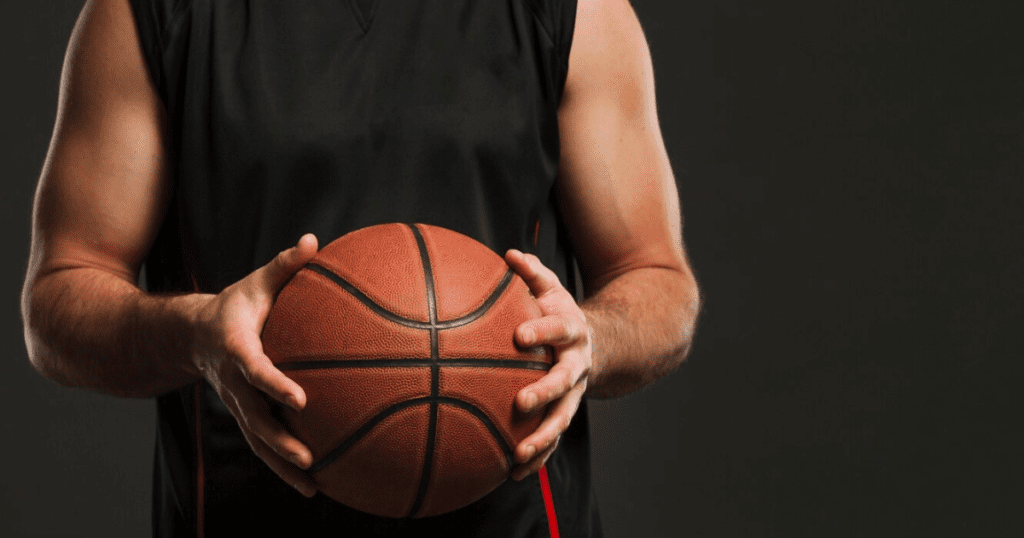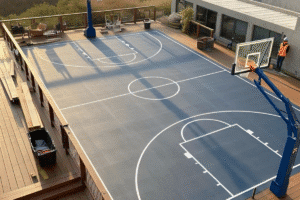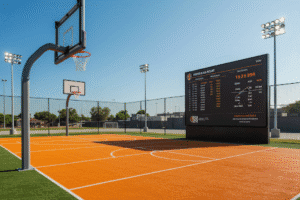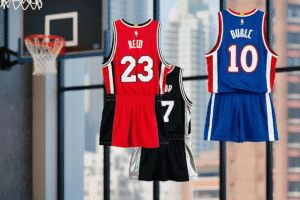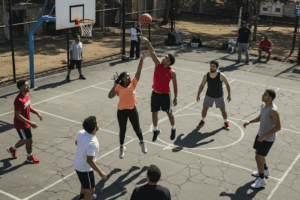Ever picked up a basketball and wondered, “Why does this feel…off?” Well, welcome to the subject of basketball air pressure or PSI (pounds per square inch) . To drop a hint as to why basketball PSI matters more than you think, it’s kinda like have a tool to work with without ever understanding why its core details are actually relevant.
So yeah, basketball is pretty much the same AKA it’s not just a fancy term for nothing. But you’re like me, you might’ve thought it was just a minor detail, but boy, was I wrong! Let’s break it down.
The Golden Range: 7.5 to 8.5 PSI
So, what’s the magic number? For NBA, WNBA, and FIBA games, the recommended PSI range is a tight 7.5 to 8.5. Think of it as the Goldilocks zone for basketballs—not too soft, not too hard, just right.
- Consistency is Key:
- This specific range ensures that every game is played with a consistent bounce.
- It levels the playing field, so no one has an unfair advantage.
What Happens When You Stray From the Range?
Okay, let’s get real. What happens when your basketball isn’t in that sweet spot?
- Underinflated Balls:
- They feel heavy and flat.
- The bounce is weak, meaning dribbling and shooting might become a real challenge.
- It is harder to control.
- Overinflated Balls:
- They bounce way too high, making them hard to handle.
- Control becomes a nightmare, especially in fast-paced games.
- They can break a finger if you try to catch it.
Pro Tip: Coaches use tech like force plates (fancy scales that measure jump impact) to track how much stress players put on their legs. The lesson? Even small things—like a wonky PSI—add up. Keep your ball in that 7.5–8.5 sweet spot, and you’ll dodge unnecessary wear and tear on your body.
Why Basketball PSI Matters More Than You Think
Now, let’s get a little technical. The bounce of a basketball isn’t just random; it’s a science.
- Rebound Height Standards:
- International standards require a basketball to rebound at least 90% of its drop height on concrete.
- Organizations like FIBA and the MFMA demand even higher standards, with 93% or more.
- A basketball dropped from 6 feet should rebound between 49 and 54 inches.
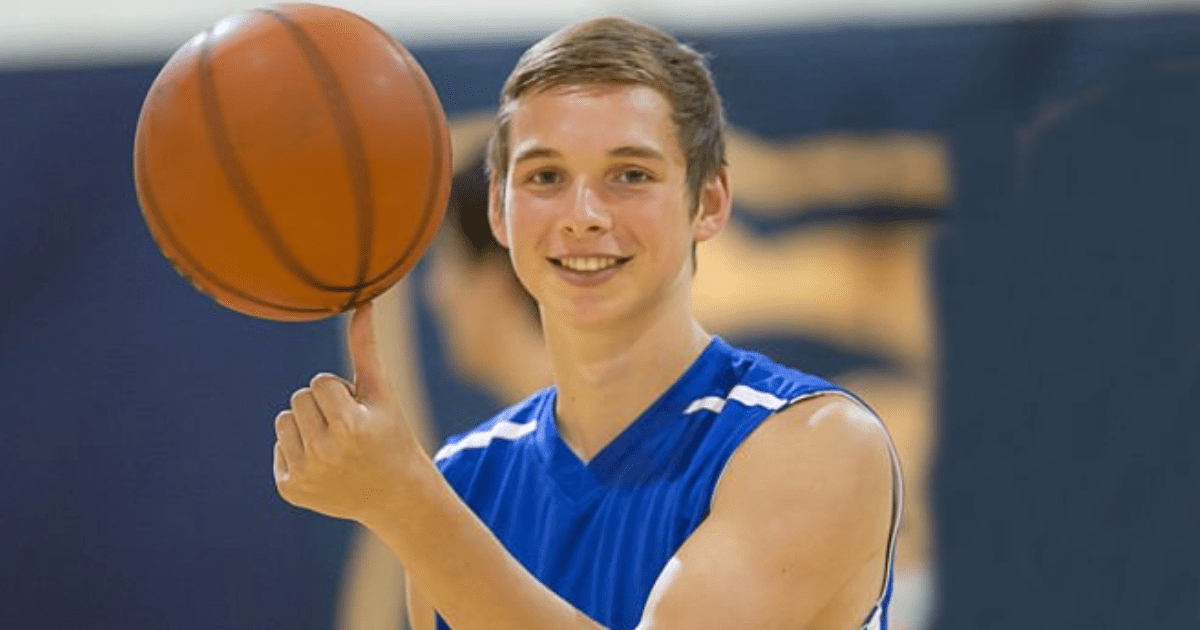
A well-inflated basketball
The Impact of PSI
-
- Higher PSI means a higher bounce on concrete, but it can actually reduce the bounce on a basketball court.
- Weather conditions play a role too. Cold air contracts, lowering PSI, while hot air expands, increasing it.
- A ball inflated to 5.5 PSI might produce a 94% ball rebound on a floor, but increasing the pressure to 8 PSI could reduce the rebound to 89%.
- A study found that a basketball dropped from 2 meters with an inflation pressure of 9.0 PSI would have a higher rebound height and velocity compared to one with a lower pressure such as 4.5 PSI.
Surface Matters:
- Hard surfaces like concrete absorb less energy, resulting in a higher bounce.
- Soft surfaces like carpet absorb more energy, leading to a lower bounce.
How to Check and Adjust PSI
Alright, so you know why PSI is important, but how do you actually check it?
- Get a Reliable Gauge:
- Use a pressure gauge designed for sports balls.
- Insert the needle into the valve and take a reading.
- Adjust with an Air Pump:
- If the PSI is too high or too low, use an air pump with a needle attachment to adjust it.
- Always wet the needle before inserting it into the basketball valve.
- Regular Checks:
- Check the PSI regularly, especially before games or practice sessions.
- Basketballs naturally lose air over time, so monitoring is crucial.
The Case for Over-Inflating (For Practice)
Now, here’s where things get interesting. Some people, like Tony from Streetball Strategies, swear by over-inflating basketballs for practice.
- Why Over-Inflate?
- It forces you to pay closer attention to the ball’s movement.
- It builds your ball-handling skills and sharpens your focus.
- It makes the game feel easier by making practice harder.
- It is a good conditioning training.
- How Much is Too Much?
- Inflate the ball until you feel resistance from the pump.
- Avoid overdoing it, as it can damage the ball.
- Cheaper basketballs might bounce too crazily when over-inflated.
- What to Expect:
- The ball will feel heavier.
- Rebounds will be higher and faster.
- It’ll be frustrating, but that’s the point!
- It will make you run and sprint for your rebounds.
The Competitive Edge
Over-inflating your basketball during practice is a small detail that can give you a competitive edge.
- Doing What Others Don’t:
- Most players don’t bother with over-inflating, so you’ll be ahead of the game.
- It shows you’re serious about improving your skills.
- Sharper Skills:
- Dealing with an over-inflated ball sharpens your reflexes and ball control.
- When you switch to a normally inflated ball, you’ll feel like you have even more control.
A Word on Game Time
While over-inflating is great for practice, it’s generally not recommended for games.
- Team Dynamics:
- Your teammates might not be used to an over-inflated ball, which can disrupt their game.
- Opponents might also find it difficult to adjust.
- The Principle of Control:
- By practicing with an over-inflated ball, you’ll feel more in control when you play with a normally inflated one.
Final Thoughts
So, there you have it! I hope now you understand why basketball PSI matter more than you think. It not just a magic number; it’s a crucial factor that affects every aspect of the game. Whether you’re a casual player or a serious baller, understanding and managing your basketball’s PSI can make a world of difference. And if you’re looking to take your skills to the next level, try over-inflating your ball for practice. Just remember to keep it within reason, and you’ll be bouncing your way to success!


